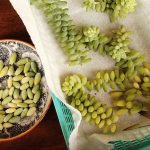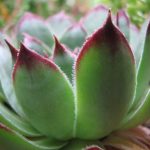Find out how to nurse frost-damaged succulents back to health with guidance from horticulture specialist Melissa Strauss. Even if your beloved succulent has endured the icy embrace of frost, there are ways to aid its revival and ensure it bounces back in no time.
It’s not uncommon for cool climate gardeners to face frost-related challenges. Unpredictable cold spells can swiftly wreak havoc on your delicate succulents. These plants, known for their intolerance to frost, often bear the brunt of unexpected freezing temperatures.
When a succulent has been left out in the cold, it may appear worse for wear. However, don’t lose hope just yet. Frost damage doesn’t automatically signal the end for your succulent. Taking proactive steps to aid in its recovery can be crucial for its survival and future well-being.
Step 1: Swift Relocation
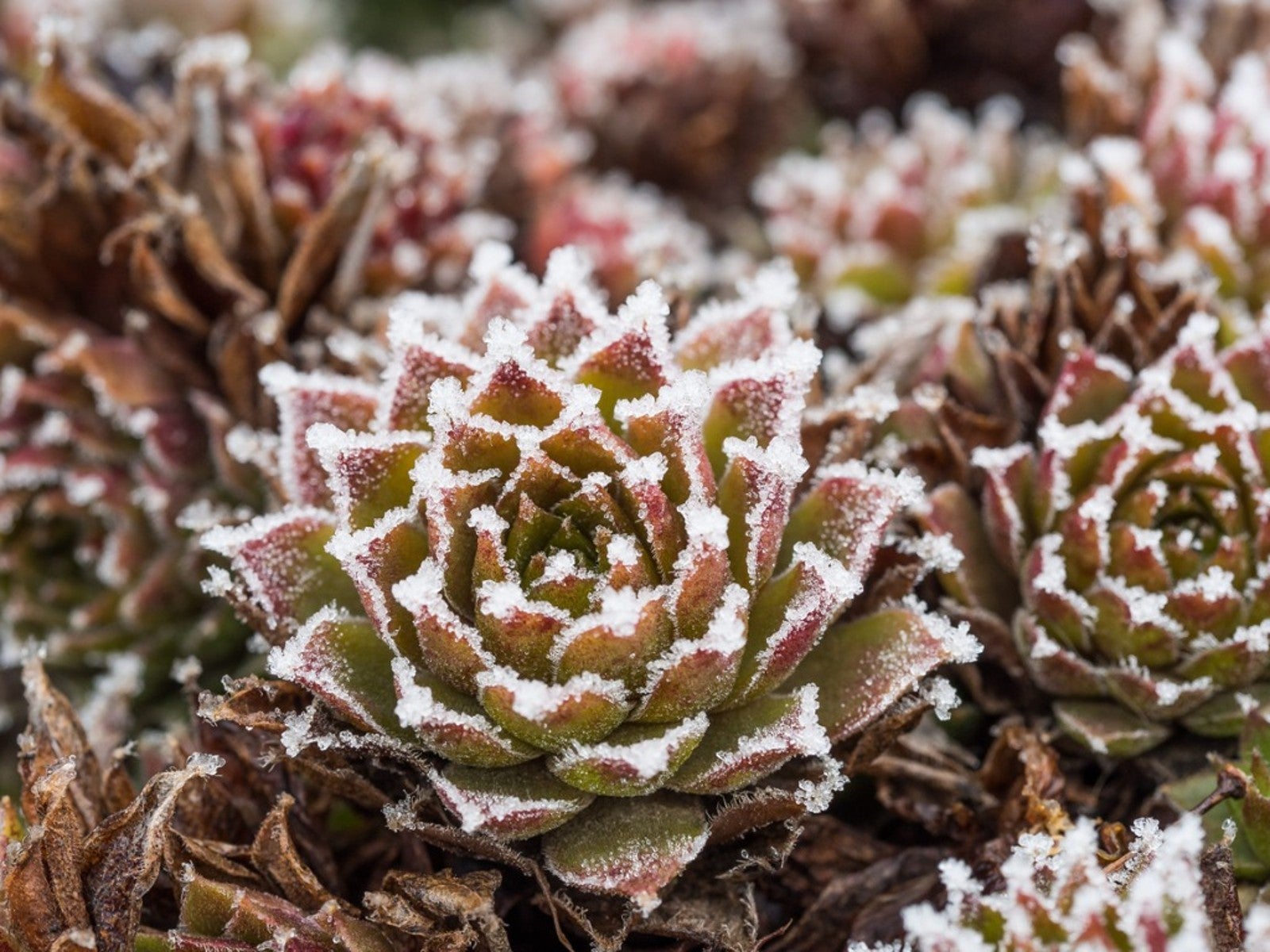
Whether frost caught you off guard or you’ve procrastinated on winter plant care, the first crucial step upon suspecting frost damage is to relocate your succulent indoors immediately. While some harm may already be inflicted, salvaging your plant might depend on preventing additional stress from accumulating.
Many succulents exhibit signs of distress as temperatures drop before freezing sets in. Some plants might even display a reddish or purplish hue to indicate cold stress. This color transformation can be visually appealing, but prolonged exposure to chilly conditions can lead to undesirable consequences.
To aid in stress alleviation and quicken the recovery process, prioritize bringing your succulent indoors. Opt for a location with indirect or filtered light as opposed to direct sunlight, as most succulents thrive in such conditions.
Step 2: Assess Frost Damage

Before resorting to trimming your plant, ensure frost is indeed the culprit behind the damage, particularly if you’re dealing with frost-tolerant succulents like Sempervivum and Sedum. If these hardy varieties exhibit signs of distress, explore other potential causes for their suffering.
The severity of damage on frost-sensitive succulents correlates with the duration of cold exposure, with the full extent of harm not always immediately apparent. Mild frosts may only affect leaf surfaces, while extended freezing conditions can impact the entire foliage.
In severe cases, sustained freezing temperatures can cause root damage in most succulents. If temperatures plummeted significantly, showing patience in assessing the full scope of damage is paramount for an accurate recovery plan.
Step Three: Wait and Observe
After bringing your plant indoors following exposure to harsh outdoor conditions, anticipation is key. It may take a while for the true impact of the damage to manifest. Exercise patience during this period of observation before taking any further actions regarding trimming or discarding damaged foliage.
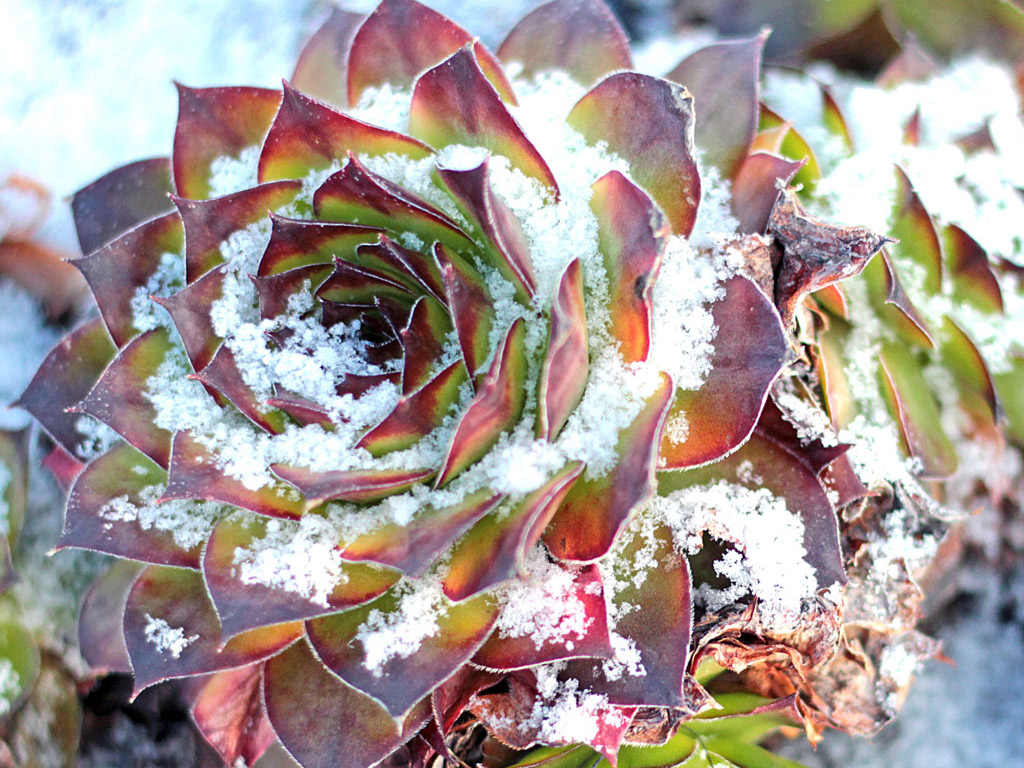
Damage caused by freezing temperatures affects succulents due to the crystallization of moisture in their fleshy leaves. Symptoms of this cellular damage emerge gradually in the form of wilting and discoloration. Initially, the edges of the leaves may show browning or blackening. Only through patience can you ascertain the full extent of the damage, particularly if it affects the entirety of the plant’s foliage and leads to stem collapse.
It is essential to retain as much healthy tissue as possible to facilitate optimal photosynthesis. It’s crucial to preserve any remaining healthy foliage. Within one to two weeks, clarity will emerge on which sections of the plant have been impacted by the frost.
Before considering pruning, wait for signs of recovery in the plant. Allow time for the frost-damaged portions to desiccate, and be vigilant for indications of new growth. New growth following leaf damage will appear at the stem tips, while damage to the stems will trigger regrowth at the base.
Step Four: Prune Away Dead Foliage
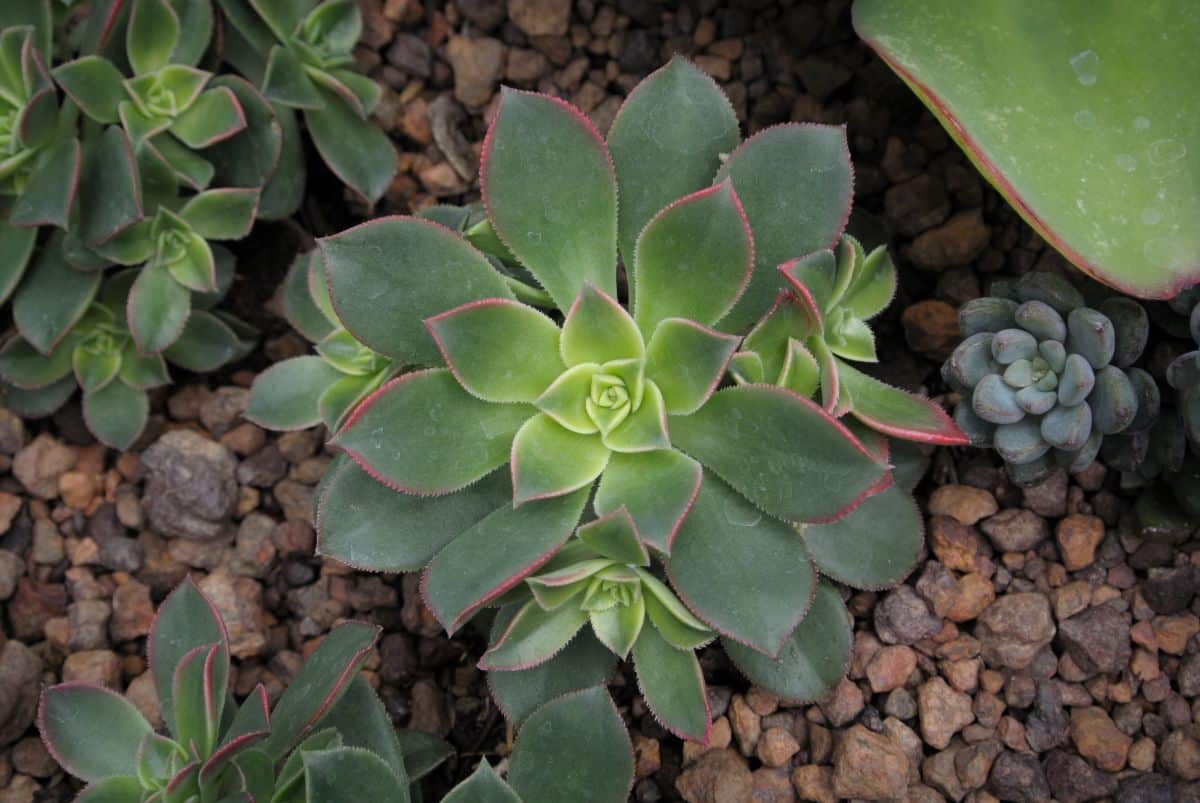
After observing new growth to gauge the damage extent, proceed to eliminate the deceased sections using clean, sharp scissors. Ensure the tools are sterilized with alcohol to prevent introducing infections to the vulnerable plant. A healing period is necessary post-trimming to fortify the plant, allowing it to redirect energy towards fresh growth.
Sporadically, frost exposure may dislocate the roots, causing them to push above the soil, making them susceptible. If this occurs, gently cover the roots with succulent potting soil to safeguard and insulate them.
Step Five: Propagate Just in Case
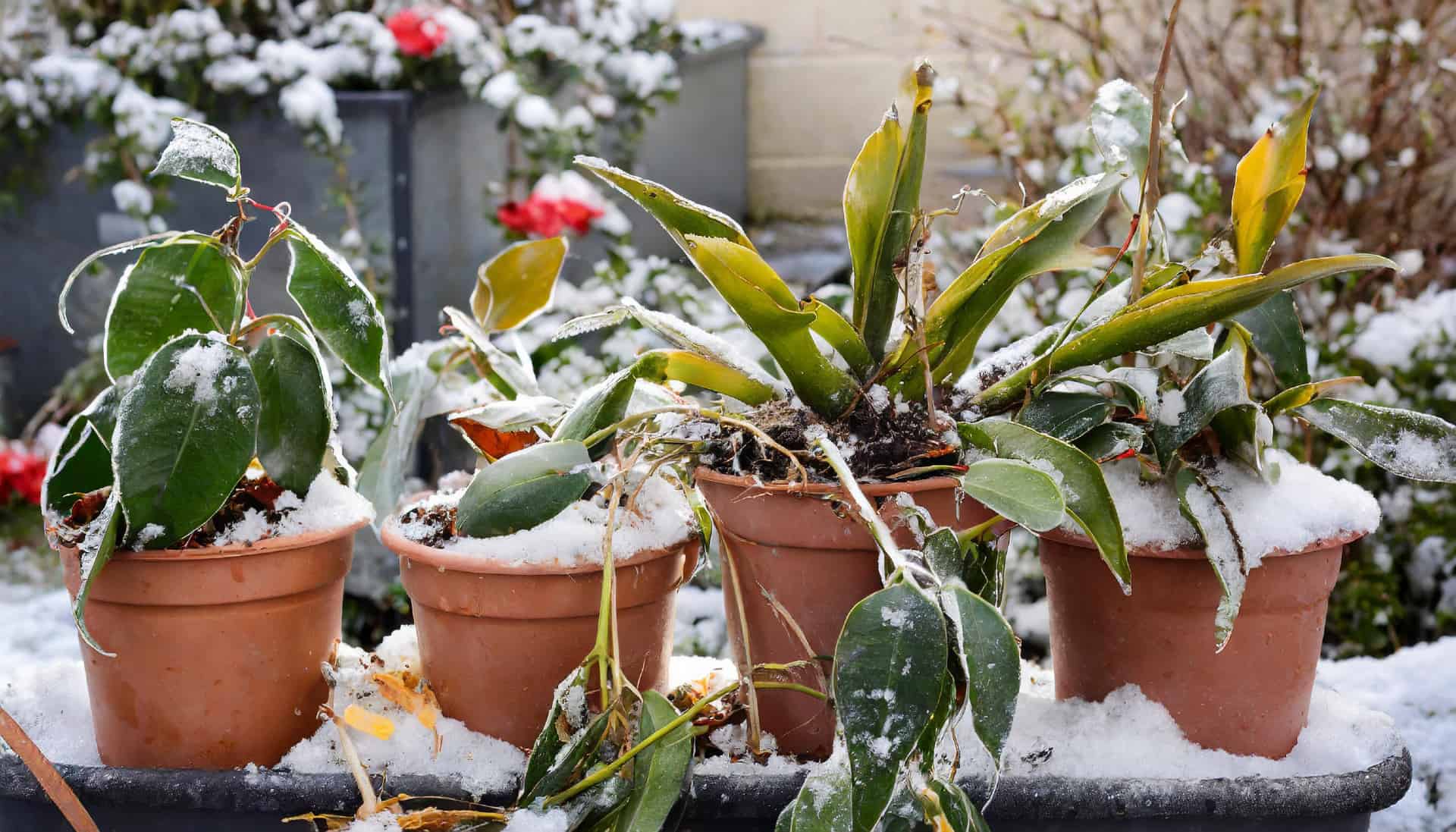
Considering propagating your plants to avoid total loss? Utilize leaf cuttings for a successful reproduction of most succulents.
Take a couple of vibrant leaves from your plant and let them air-dry for a few days in a shaded area. Get the ends to toughen up slightly before planting. Remember to maintain some moisture in the leaves during this period.
Prepare a container with damp potting mix and lay the leaves on the surface. Put the pot in a warm, well-lit place with indirect sunlight to enable growth without added strain.
Ensure your cuttings get slight moisture without becoming waterlogged by lightly misting them whenever the soil seems dry. Expect new leaves and roots to emerge from the base of the cutting within weeks.
Be patient as succulents develop slowly. Once the cuttings detach naturally, transfer them to individual containers for further growth.
Step Six: Minimize Stress and Take Care
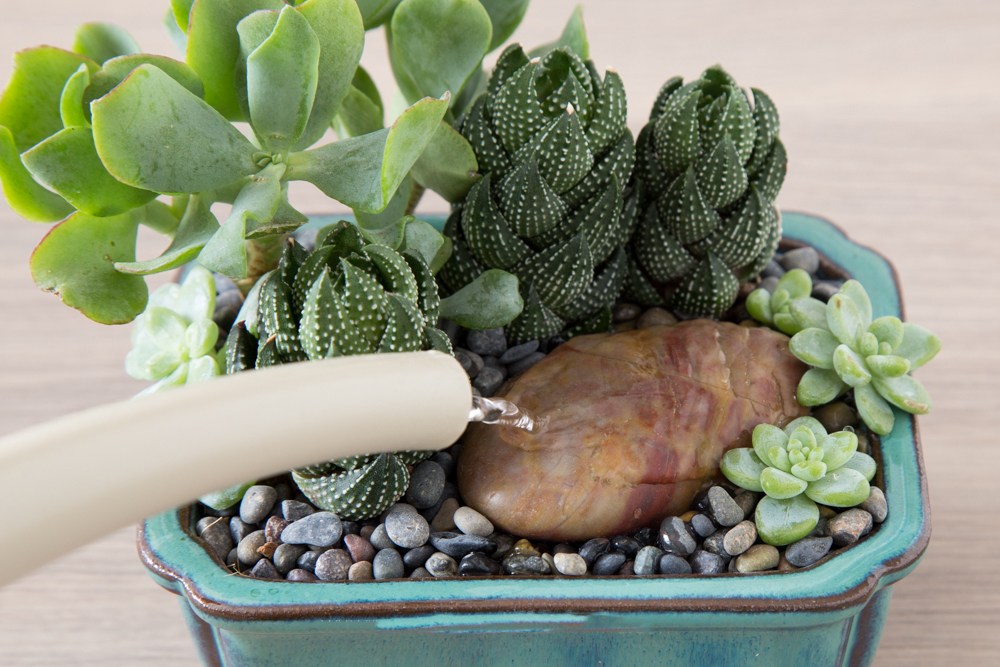
During the coming months, focus on minimizing stress for your parent plant to support its recovery from past stress. Succulents benefit from minimal interference to maintain stability.
Once any damaged sections have been removed, let the plant rest before reintroducing water. After the cuts have hardened, water the plant thoroughly, then switch to watering approximately every two weeks to avoid root damage.
Ensure your succulent stays in indirect light to prevent sunburn and further stress. While some sunlight stress can enhance their appearance, plants recuperating from frost incidents require a calm recovery environment.
Keep the plant in a warm indoor location, as succulents thrive in warmer conditions. Monitor its progress but aim to provide consistent care without frequent changes to its surroundings.
How to Prevent Succulent Frost Damage
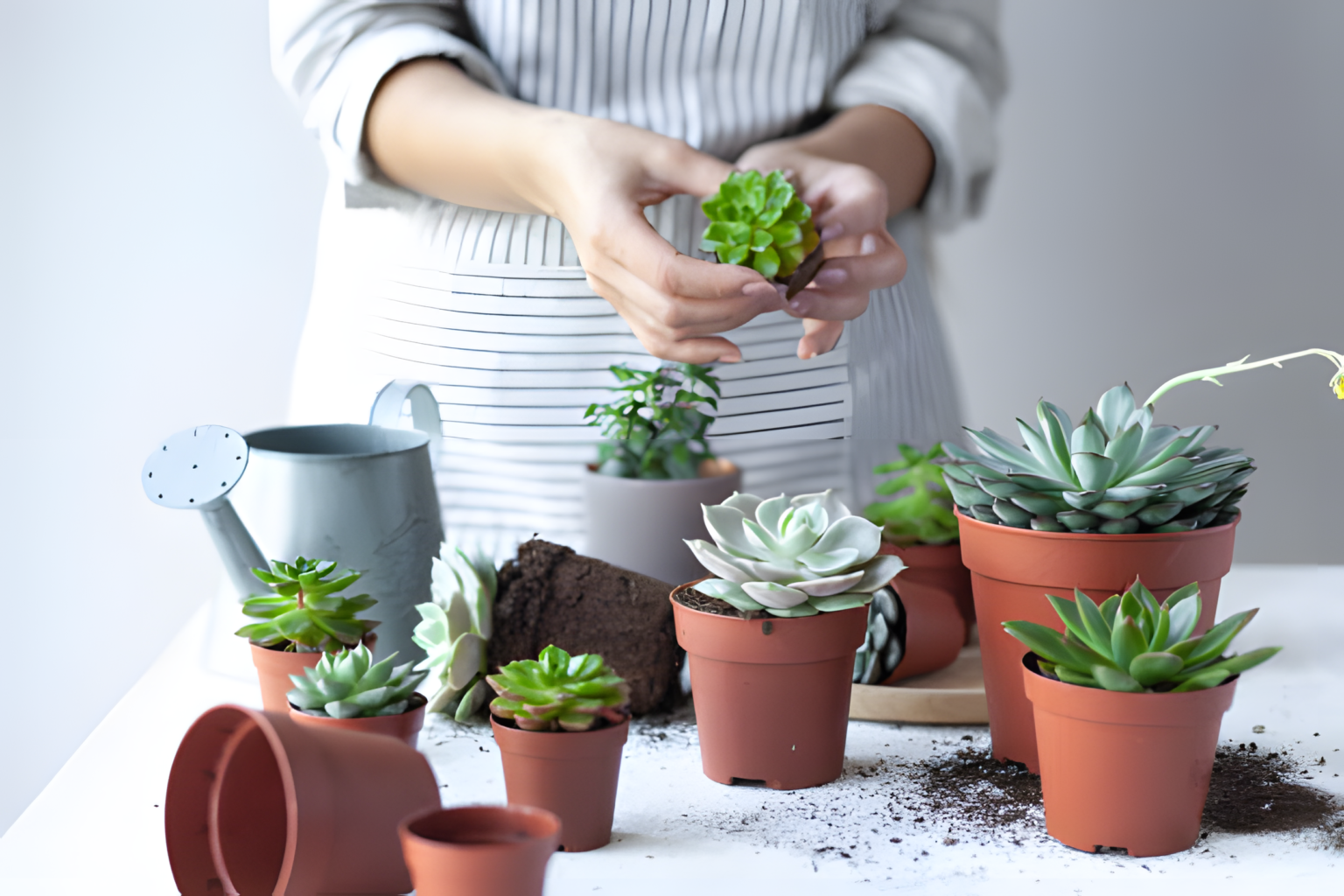
For safeguarding your succulents against frost damage, there are effective strategies you can implement to ensure their well-being during chilly spells:
- Moisten the soil – Before potential frost, water your succulents to prevent root freezing by maintaining moist soil that stops the formation of frozen air pockets.
- Shield your plants – Overnight in freezing conditions, shield your succulents with a light cover like a blanket or frost cloth to safeguard their foliage and roots. Remember to uncover them in the morning to allow sunlight and ventilation.
- Avoid late pruning – Pruning your plants late in the season may induce vulnerable new growth susceptible to cold and cause stress. Save pruning for spring when growth is active and healing is faster.
- Move succulents indoors – If feasible, bring frost-susceptible plants indoors for winter. If not, relocate them to a sheltered area, keeping pots close together for extra protection.
Parting Words
While frost damage can be alarming, it doesn’t spell doom for your succulents. These hardy plants can bounce back with care and minimal stressors. With patience and nurturing, your succulents will soon be thriving once more.

